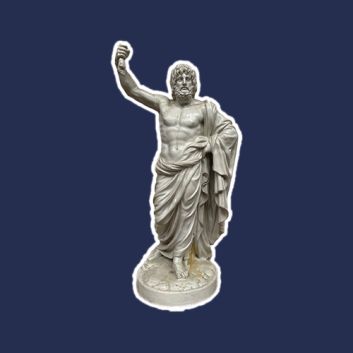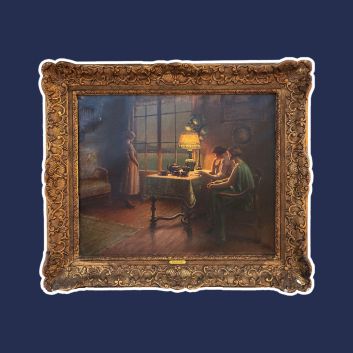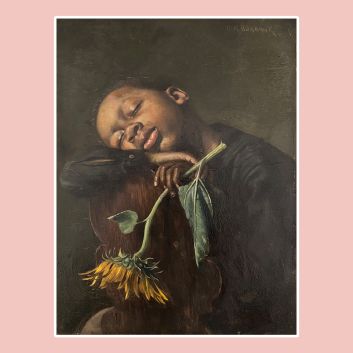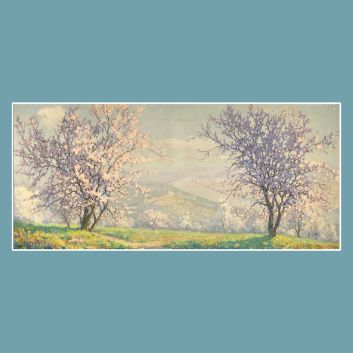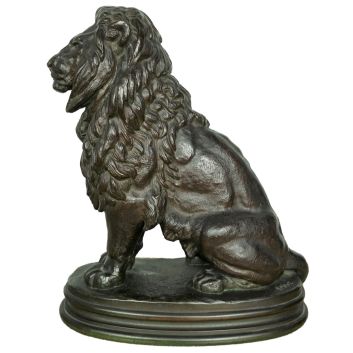Rating and value of sculptures, paintings and drawings by Jean-Baptiste Carpeaux
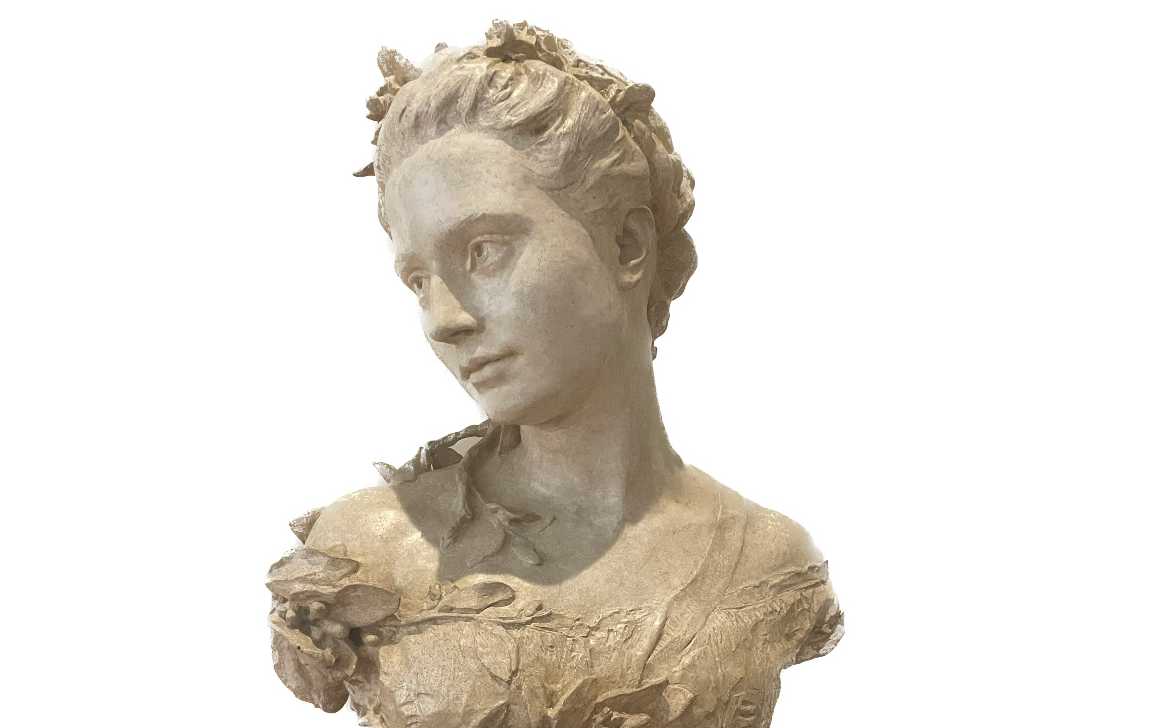
If you own a work by or after the artist Jean-Baptiste Carpeaux, and would like to know its value, our state-approved experts and auctioneers will be happy to offer you their expert appraisal services.
Our specialists will carry out a free appraisal of your work, and provide you with a precise estimate of its current market value.
Then, if you want to sell your work, we'll point you in the right direction to get the best possible price for it.
Rating and value of the artist Jean-Baptiste Carpeaux
Carpeaux was a member of the Romantic group of artists. His legacy includes sculptures, paintings, prints and drawings. Today, prices for his works are skyrocketing under auctioneers' gavels.
His sculptures are particularly prized by French buyers, and the price at which they sell on the art market ranges from €80 to €780,000, a considerable delta but one that speaks volumes about the value that can be attributed to Carpeaux's works.
In 2023, a marble bust, Flore acroupie, sold for €398,000, whereas its estimate was between €60,000 and €80,000. The artist's value is high and varies according to the number of works on the auction market.
Order of value from a simple work to the most prestigious
Technique used | Results |
|---|---|
From €100 to €430 | |
Drawing - watercolor | From €150 to €21,340 |
Oil on canvas | From €1,140 to €360,000 |
Sculpture volume | From €80 to €780,000 |
Response in less than 24h
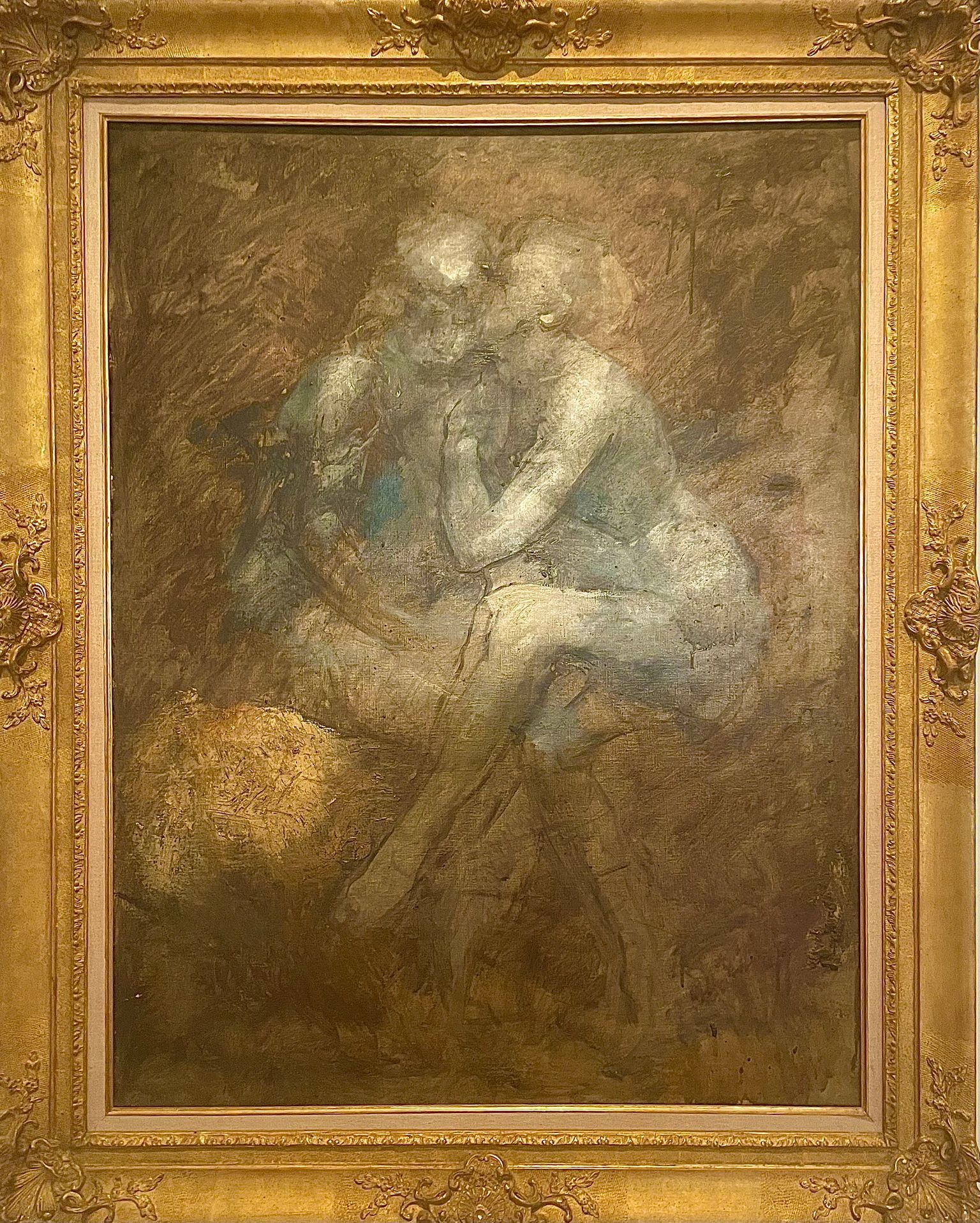
Style and technique of the artist Jean Basptiste Carpeaux
Jean-Baptiste Carpeaux was a 19th-century artist who produced sculptures marked by an expressive, naturalistic style.
He worked mainly in marble and bronze, creating busts, moving human figures and monumental compositions. His works, such as La Danse and Le Génie de la Science, are distinguished by their dynamism and fine detail.
He followed in the footsteps of the great classical sculptors, while introducing a more emotional and lively dimension to his subjects, influenced by his masters such as François Rude, as well as by his studies in Italy.
Other contemporary sculptors, such as Auguste Rodin or Jules Daloutook up elements of Carpeaux's sculptural language, notably in their treatment of the human figure and attention to expression.
The life of Jean-Baptiste Carpeaux
Jean-Baptiste Carpeaux (1827-1875) was a renowned French sculptor whose expressive, energetic works had a profound impact on 19th-century art.
Born into a modest family in Valenciennes, he showed an early talent for drawing and sculpture. Encouraged by his family and friends, he moved to Paris at the age of 11 to study art.
He then entered the École des Beaux-Arts in Paris, where he became a pupil of sculptor François Rude, a master who influenced his early creations. Carpeaux quickly made a name for himself with his technical skill and his ability to breathe real vitality into his subjects.
After winning the prestigious Prix de Rome in 1854, he moved to Italy, where he was strongly influenced by Renaissance art and the Baroque sculptures of masters such as Michelangelo and Bernini.
This stay in Italy marked a decisive turning point in his work, and it was here that he began to develop his style characterized by emotional realism and great attention to anatomical detail.
His first works exhibited at the Salon were widely acclaimed, and he began to attract the attention of critics and the public alike.
On his return to France, Carpeaux was awarded major public commissions. At the age of 36, he created one of his most famous works, La Danse, for the façade of the Opéra Garnier in Paris.
This monumental sculpture, celebrating vitality and joie de vivre, caused a sensation and provoked controversy due to the sensuality of the moving bodies, but it made a definitive mark on art history.
He went on to enjoy a string of successes, with major works such as Le Génie de la Science and Le Pêcheur à la coquille.
Carpeaux also excelled at creating busts of the personalities of his time, capturing the expressions and souls of his models with almost photographic precision.
Although recognized and admired during his lifetime, Jean-Baptiste Carpeaux often suffered from health problems and depression. Towards the end of his career, he retired to Normandy, but continued to work on ambitious projects.
He died in 1875 at the age of 48, leaving behind a remarkable artistic legacy. His works, which still adorn many public places today, make him one of the most influential and admired sculptors of his time, alongside the likes of Auguste Rodin.

Focus on the marble bust of Carpeaux on the cover
This marble bust by Jean-Baptiste Carpeaux perfectly illustrates the artist's talent for capturing the grace and expressiveness of his subjects. With her face turned slightly to the left, the young woman exudes a remarkable gentleness and serenity.
Through this delicate, natural pose, Carpeaux manages to breathe an inner life into the marble, giving the impression that the model is frozen in a moment of peaceful introspection.
This ability to make emotion palpable, while preserving the elegance and refinement of the sculpture, is one of the hallmarks of his art.
The treatment of the face is particularly successful: the features are finely sculpted, every curve of the face is soft, giving the model a delicate beauty.
The slightly lowered eyes add to the impression of reverie, while the subtly sketched mouth seems almost ready to come to life. Carpeaux excels in the representation of flesh, as evidenced by the smooth, polished texture of the face, which contrasts subtly with the rest of the work.
This contrast is also present in the treatment of the hair, which is worked with extreme finesse, but retains a rougher texture, accentuating the liveliness and naturalness of the hairstyle.
The bust is adorned with floral motifs, particularly on the upper part of the dress, adding a decorative dimension to the work. These carefully integrated motifs evoke a connection with nature and reinforce the impression of softness and femininity that emanates from the sculpture.
The flowers seem to be an extension of the model himself, as if they were an integral part of his being, a common procedure with Carpeaux, who liked to play with symbolic elements to enrich his compositions.
This floral motif, along with the drape of the dress, is delicately handled, with meticulous attention to detail.
This bust also bears witness to the influence of the Baroque style in Carpeaux's work, particularly in his treatment of volume and movement. The slight inclination of the head, the subtle twist of the neck, all contribute to animate the sculpture in a very natural way.
The dynamism of this pose recalls the works of Bernini, whom Carpeaux particularly admired. This Baroque influence is reflected in the expressiveness of the work, where the emphasis is on capturing a fleeting moment, a suspended movement.
Last but not least, Carpeaux's technical mastery is evident in this marble sculpture. The material, often considered difficult to work with, seems here to be modelled with disconcerting ease.
The sculptor succeeds in transforming the hardness of marble into a living, almost carnal material, capable of capturing the lightness of a head of hair or the tenderness of a gaze.
This technical virtuosity, combined with a unique artistic sensibility, makes this bust an emblematic work by Jean-Baptiste Carpeaux, who here demonstrates his genius for capturing the humanity and beauty of his models.
A poet's answer to Carpeaux's "Pourquoi né esclave? - MET
Carpeaux's legacy
Jean-Baptiste Carpeaux's artistic legacy is marked by his mastery of the human form and his ability to express intense emotions through sculpture.
His works continue to be admired for their dynamism and emotional power, and he is considered one of the most important sculptors of 19th-century France.
Private collectors play a major role in the preservation of his work, given the scope of his production, even if some of his works are exhibited in museums.
Recognizing the signature of Jean-Baptiste Carpeaux
Carpeaux did not always sign his works. If you think you own one, it's best to have it appraised. The signature may differ depending on the type of work: sculpture, drawing or painting. There are also copies, which is why an appraisal is important.
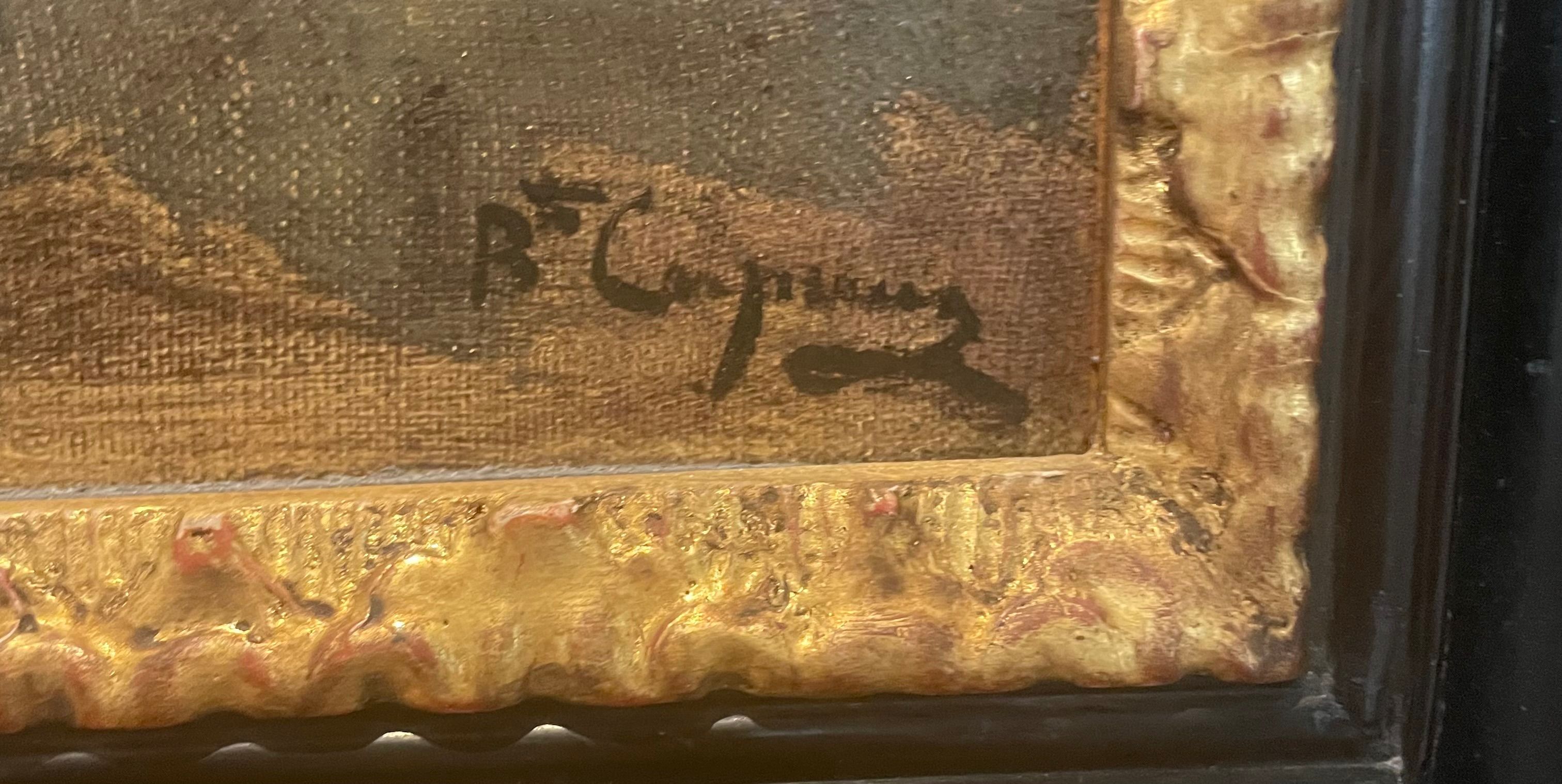
Knowing the value of a work
If you happen to own a work by or after Jean-Baptiste Carpeaux, don't hesitate to request a free appraisal using the form on our website. A member of our team of experts and certified auctioneers will contact you promptly to provide you with an estimate of the market value of your work, as well as any relevant information about it. If you're thinking of selling your work, our specialists will also be on hand to offer you alternatives for selling it at the best possible price, taking into account market trends.
Response in less than 24h
Related topics
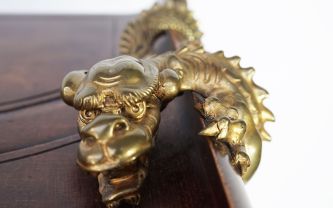
Rating and value of works, tables, saddles, cupboards by G...
Gabriel Viardot was a cabinetmaker of the late 19th century who produced Far Eastern cabinetry. His work is highly appreciated.
Read more >

Rating and value of works, paintings by Jules Breton
Jules Breton was a 19th-century naturalist and realist painter who produced many valuable and successful works at auction.
Read more >
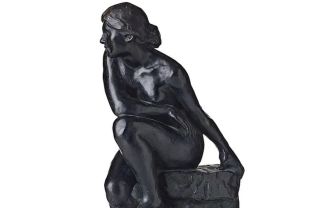
Rating and value 2024 of Paul Paulin's sculptures and bronzes
Paul Paulin is a twentieth-century Impressionist sculptor whose works are highly prized at auction.
Read more >
Secure site, anonymity preserved
State-approved auctioneer and expert
Free, certified estimates
